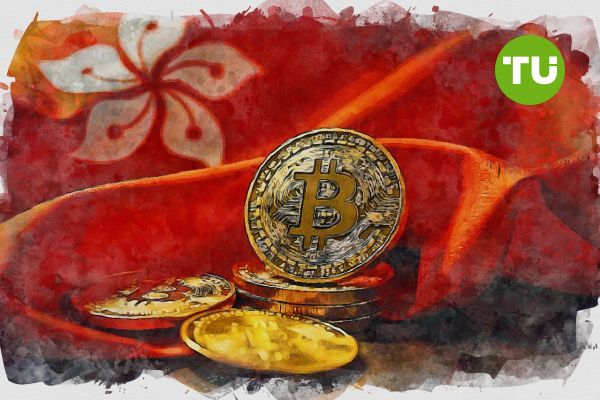Hong Kong adopts stablecoins bill
 Hong Kong passes Stablecoins Bill, licenses now required for issuers
Hong Kong passes Stablecoins Bill, licenses now required for issuers
Hong Kong has formally passed the Stablecoins Bill, requiring any company issuing fiat-referenced stablecoins tied to the Hong Kong dollar—or operating within the city—to obtain a license from the Hong Kong Monetary Authority (HKMA).
The law introduces a robust framework designed to manage systemic risks, mandating strict oversight of reserves, redemption practices, and client asset segregation, reports Crypto News.
Issuers must also comply with anti-money laundering (AML) rules, risk management protocols, and independent auditing.
Financial Secretary Christopher Hui framed the legislation as aligned with international norms under the principle of “same activity, same risks, same regulation,” adding that it would support “responsible and sustainable development” of the digital asset sector in Hong Kong.
Regulatory perimeter expands to cover ads and platforms
The law also restricts stablecoin advertising to licensed issuers, targeting deceptive promotions and retail scams. Additional legislation is expected soon to cover crypto trading platforms, over-the-counter (OTC) desks, and custodians, forming a broader digital asset regulatory perimeter.
The move follows Hong Kong’s recent efforts to position itself as a crypto hub with strong investor safeguards. Authorities have emphasized regulatory clarity and consumer protection amid increasing digital asset adoption and market volatility.
Crypto adoption rises as regulation gains traction
A November 2024 survey by the Hong Kong University of Science and Technology found that 25% of residents plan to hold cryptocurrencies—up from 19% a year earlier. The same study highlighted growing public confidence in regulated crypto exchanges, signaling a shift toward compliance-focused infrastructure.
The new Stablecoins Bill is expected to take effect later in 2025, further cementing Hong Kong’s commitment to balancing innovation with financial stability.
Recently we wrote that South Korea’s Democratic Party leader Lee Jae-myung has proposed the creation of a stablecoin tied to the Korean won in an effort to prevent capital outflows and bolster financial sovereignty.













































































































































